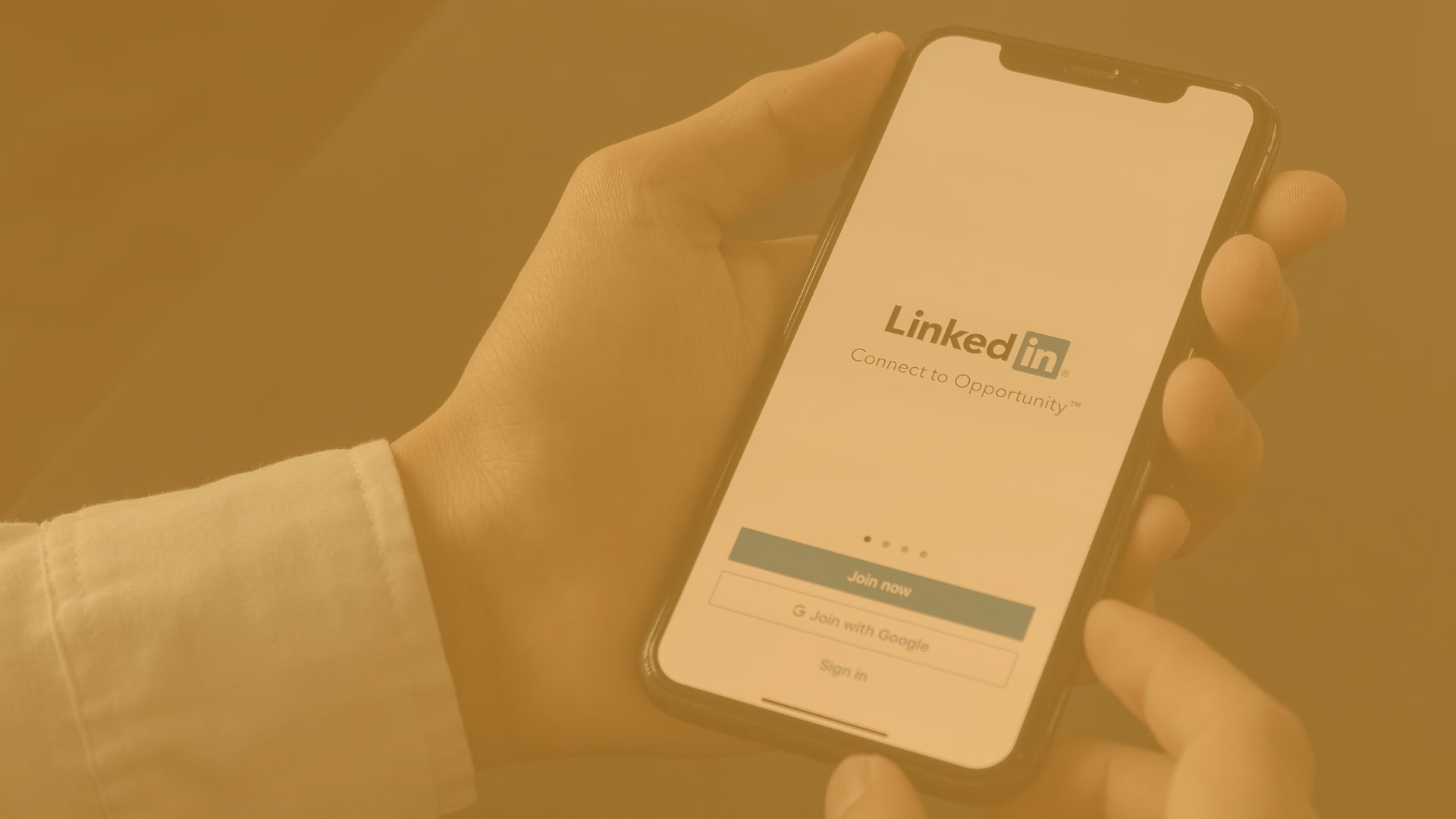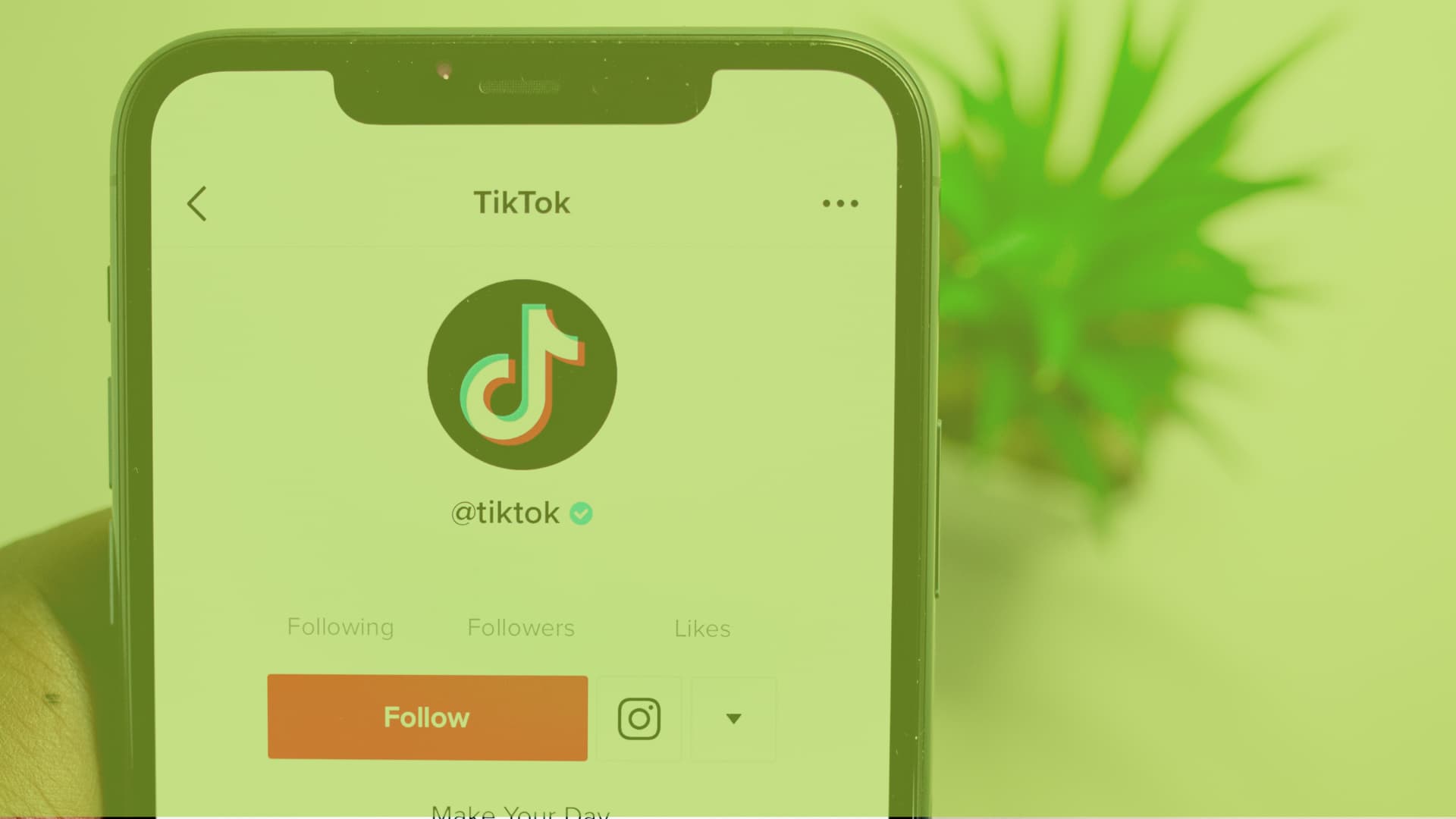Table of Contents
ToggleAre your LinkedIn notifications becoming increasingly flooded by newsletter sign-up requests? We feel ya.
Ever since the platform made it possible for brands to create their own LinkedIn newsletter, it seems like everyone has started one. It makes one wonder, “Should I be using this too for my business?”.
Or will having a LinkedIn newsletter end up like the fancy satellite radio you decided to get with your new car? Exciting at first, but completely forgotten and underutilized in the end… 😅
You will have a more clear idea of whether a LinkedIn Newsletter is the marketing tool you never knew you needed – after we share all its benefits and limitations.
But let’s start with the basics.
What Is a LinkedIn Newsletter?
In simple words, a LinkedIn newsletter is similar to your typical email newsletter, but published directly inside the LinkedIn platform.
By now, almost everyone has the ability to create or subscribe to one. Once someone subscribes, they get in-app and email notifications everytime you publish a newsletter.
Which brings us to the next question: Is there a difference between LinkedIn articles and LinkedIn newsletters?
The main difference is when you publish an article, it shows up on your timeline. Just like any other of your posts, your connections need to scroll through their feed in order to stumble upon it.
On the contrary, once you publish a newsletter, subscribers are notified both on LinkedIn and their email, which significantly increases the chances of people discovering and engaging with your content.
Should You Include LinkedIn Newsletters In Your Content Marketing Strategy?
Is the hype surrounding LinkedIn newsletters actually worth it?
Yes, and no. 🤷
Pros of a LinkedIn Newsletter for Businesses
Before we hit you with the bad news, let’s dive deeper into all the reasons you SHOULD consider starting a LinkedIn newsletter:
Helps Build Authority
Now more than ever, clients want to trust the companies they do business with.
Trust is built by positioning yourself as an authority in your industry; and that’s where a LinkedIn newsletter can come in handy.
By publishing high-quality, valuable content, your audience will begin to view you as a credible source of information — especially when they need the products or services you provide.
Helps Increase Engagement
Like all social media platforms, not all of your LinkedIn contacts engage with your content on a regular basis, if at all.
So, how do you find more people who do resonate with the topics you talk about?
A LinkedIn newsletter can help you achieve just that by “cleansing” your contact list.
When you invite people to subscribe to your newsletter, only those who relate and are interested in the type of content you publish will sign up. Which means higher engagement.
And once your newsletter subscribers realise how kick-ass the content you create is, they’ll want to check out your published articles and posts too. Huzza 💥
Helps Boost Brand Awareness
Considering that you build your LinkedIn connections properly, most of them should be people you can do business with.
Thing is, many of them will probably forget about you after connecting.
A LinkedIn newsletter can help you proactively stay in touch with your professional connections and get your brand in front of the right people. It serves as a great reminder of what you offer and helps showcase the solutions you provide.
Cons of a LinkedIn Newsletter for Businesses
Unfortunately, it’s not all flowers and sausages in the LinkedIn newsletter land.
Let’s take a closer look at the most important limitations of LinkedIn newsletters:
You Can’t Collect Emails
This is the biggest bummer of a LinkedIn newsletter; you don’t have access to your subscriber’s emails (aka the holy grail of marketing).
Unlike good ol’ email newsletters, when individuals subscribe to a LinkedIn newsletter, their email addresses are not available to you. So you can forget about that contact list you wanted to retain within your CRM system to use for things like cold outreach or custom audiences.
Your LinkedIn newsletter may have gathered 10k subscribers, but you can do absolutely NOTHING with them (how infuriating is that? 🥴️).
So you will need to figure out how to get the LinkedIn newsletter subscriber to also subscribe to your internal newsletter, podcast, or blog. Of course, keep in mind that this could stop a person from signing up for additional publications from you, fearing email overload.
Extremely Limited Analytics
So far, the only metrics a LinkedIn newsletter provides are the basic LinkedIn Analytics (views, impressions, engagement), and that’s pretty much about it.
There’s no other data available to tell you if, for example, they read the entire newsletter or read the first line and bounced.
Only knowing view count and impressions doesn’t paint the full picture about your LinkedIn newsletter and if it’s converting subscribers into potential prospects.
And because they’re discovering your content through the LinkedIn platform, they need to click another link directing them to your website, if they’re interested. And hopefully, once they land on your site, you’ll guide them to the right place next.
But the more clicks and links you make someone go through, the bigger the chances of them losing interest and opting out completely. That’s a risk you must be willing to take if you are considering starting a LinkedIn newsletter.
Without adding some sort of tracking tag like you normally add on your website through tools like Google Analytics, you won’t receive data to help measure user activity, and ultimately, ROI.
Critical data that would help you determine if a LinkedIn newsletter is worth your time and effort.
How to Use LinkedIn Newsletters In Your Content Marketing Strategy
Email newsletter VS LinkedIn newsletter: who wins? 🤜🤛
Well, duh. Of course email newsletters are far superior, the number 1 reason being that they enable you to build an email list that is yours to keep and utilize however you wish.
But the real question you should be asking yourself is, why not use both?
Create a LinkedIn newsletter to drive traffic to your website and email newsletter.
Guide users to the channels you own rather than building a community that can be taken away from you in a blink of an eye (literally).
The secret is to not be afraid to share valuable insights in the LinkedIn newsletter, but this will be a delicate balancing act to not give away too much.
You want to provide people with just enough value, so they are curious to learn more about your brand.
| In simple terms: Email newsletter = Value bombs 💣 LinkedIn newsletter = Lighter, but still interesting and valuable content |
Content Ideas we Use In our Linkedin Newsletter Content Strategies for Clients
- Snippets with links to your latest blog posts (repurposing is your BFF)
- Links to past webinars (provide a summary as well)
- Links to recent podcasts and videos (include shownotes too)
- Case studies
- Fun Q&As with your employees
- Highlights of your community service/pro bono/volunteer work
- Announcements of your recent hires
- Recent press coverage
- Upcoming events/webinars
- News about your diversity and women’s initiatives programs
Extra tip:
Since LinkedIn newsletters can be sent from personal profiles and company pages, utilizing both can turn out to be a very effective strategy.
Depending on the approach, personal LinkedIn accounts such as those of sales representatives or C-level executives can be used jointly with your corporate LinkedIn newsletter to complement each other, and potentially reach a wider audience.
Final Verdict
Everyone return to your seats, the final verdict has been decided. 🧑⚖️
To sum everything up, a LinkedIn newsletter is a great choice for smaller businesses or freelancers who:
- Don’t have an existing database but have a substantial number of LinkedIn followers.
- Don’t have the budget and/or the technical know-how to use more advanced email marketing and CRM platforms like Hubspot and Active Campaign.
- Don’t have the necessary GDPR procedures required to maintain an email contact list.
Before you start a LinkedIn newsletter, reflect on why you want to create one, and whether it will garner equal or better results compared to what you are already doing.
At the end of the day, if you can’t collect emails, is it worth ushering people to other places where your content lives? Or would posting more video and written posts be just as effective in driving traffic to your website?
Weigh out your own yays and nays of creating a LinkedIn newsletter, and if you need help figuring it out, hey, we’re available! Contact us here.
And don’t forget to check us out on LinkedIn too (today’s topic calls for it after all)
Until next time, Growth Star 👋







